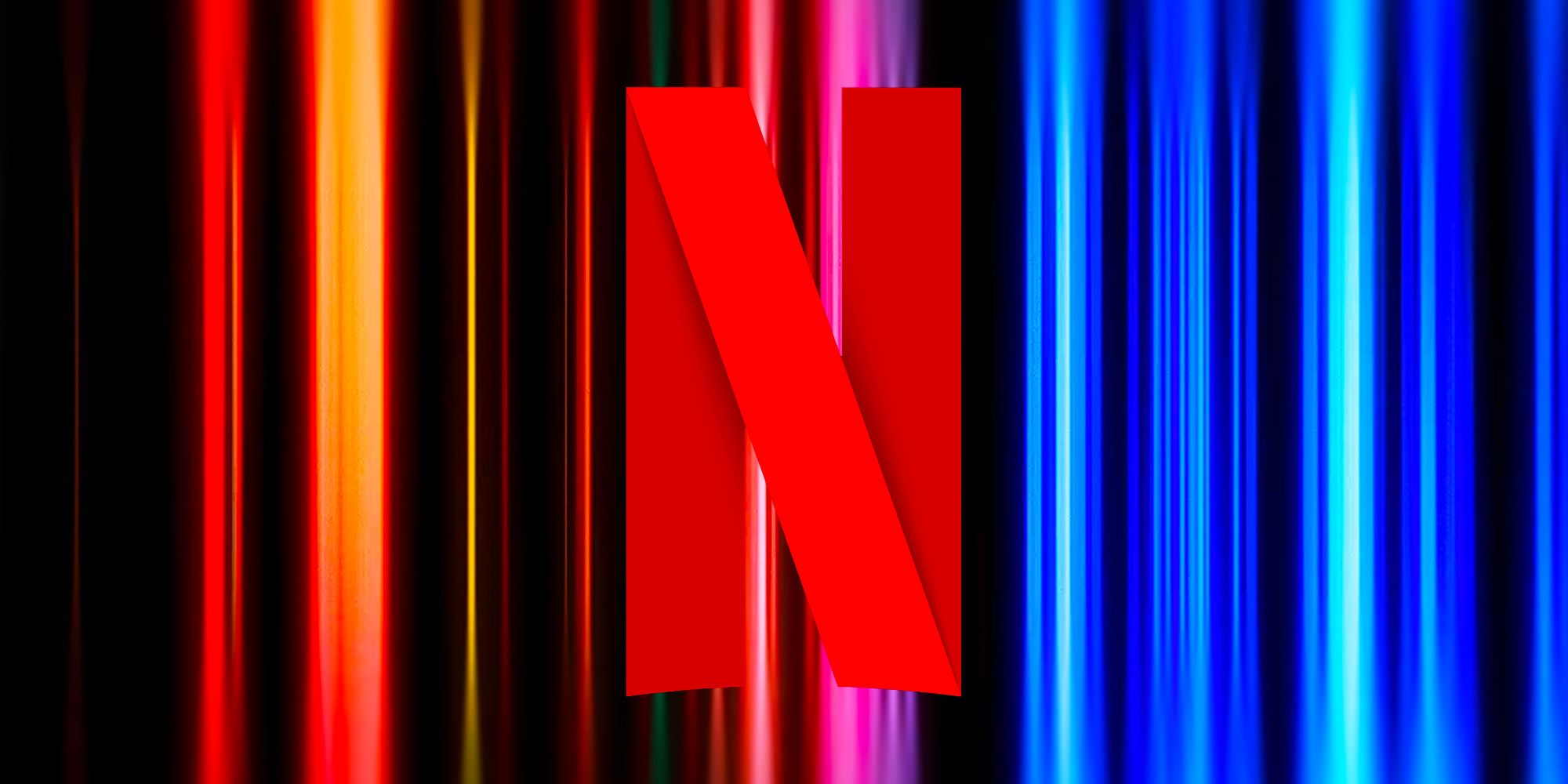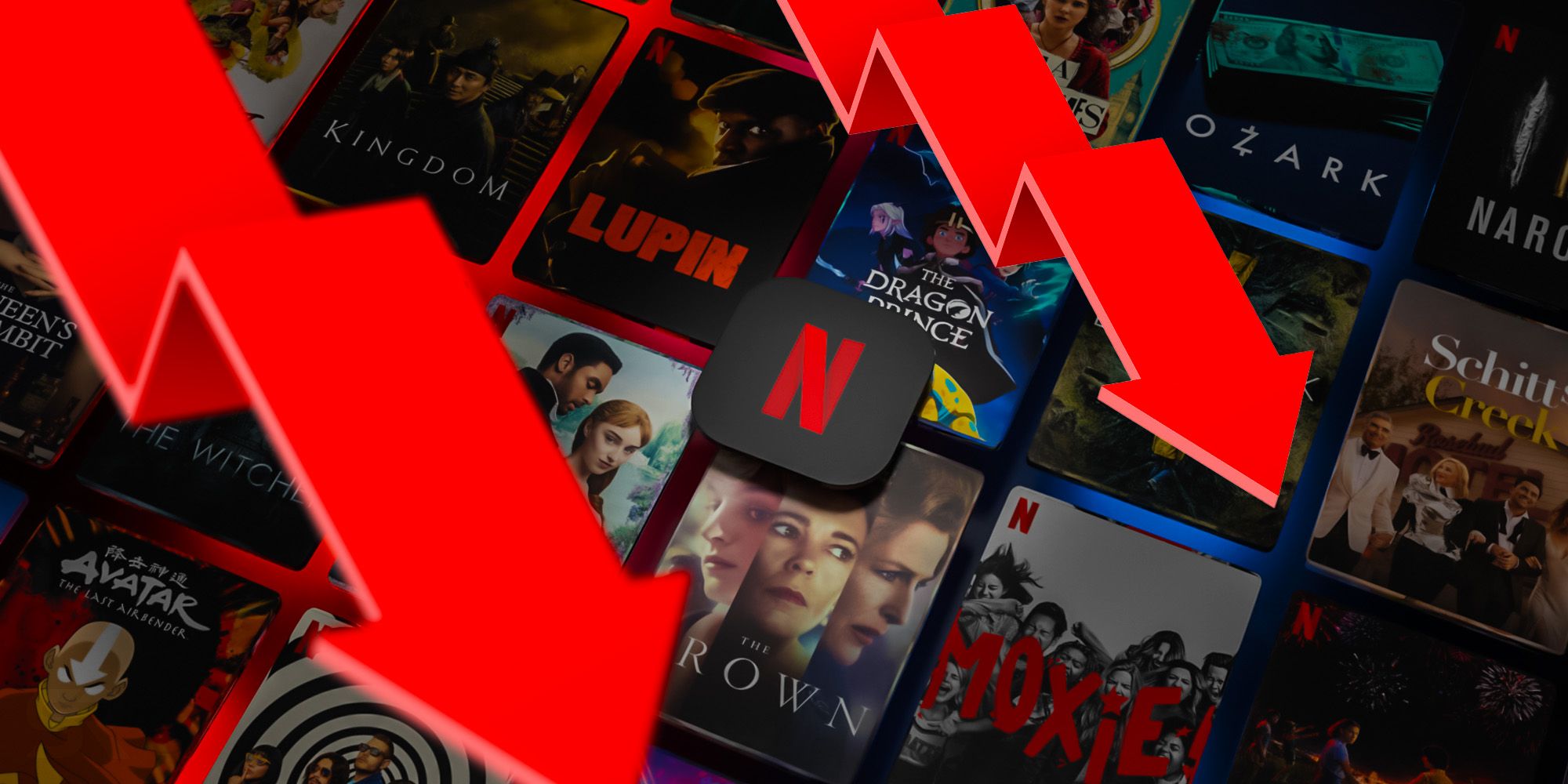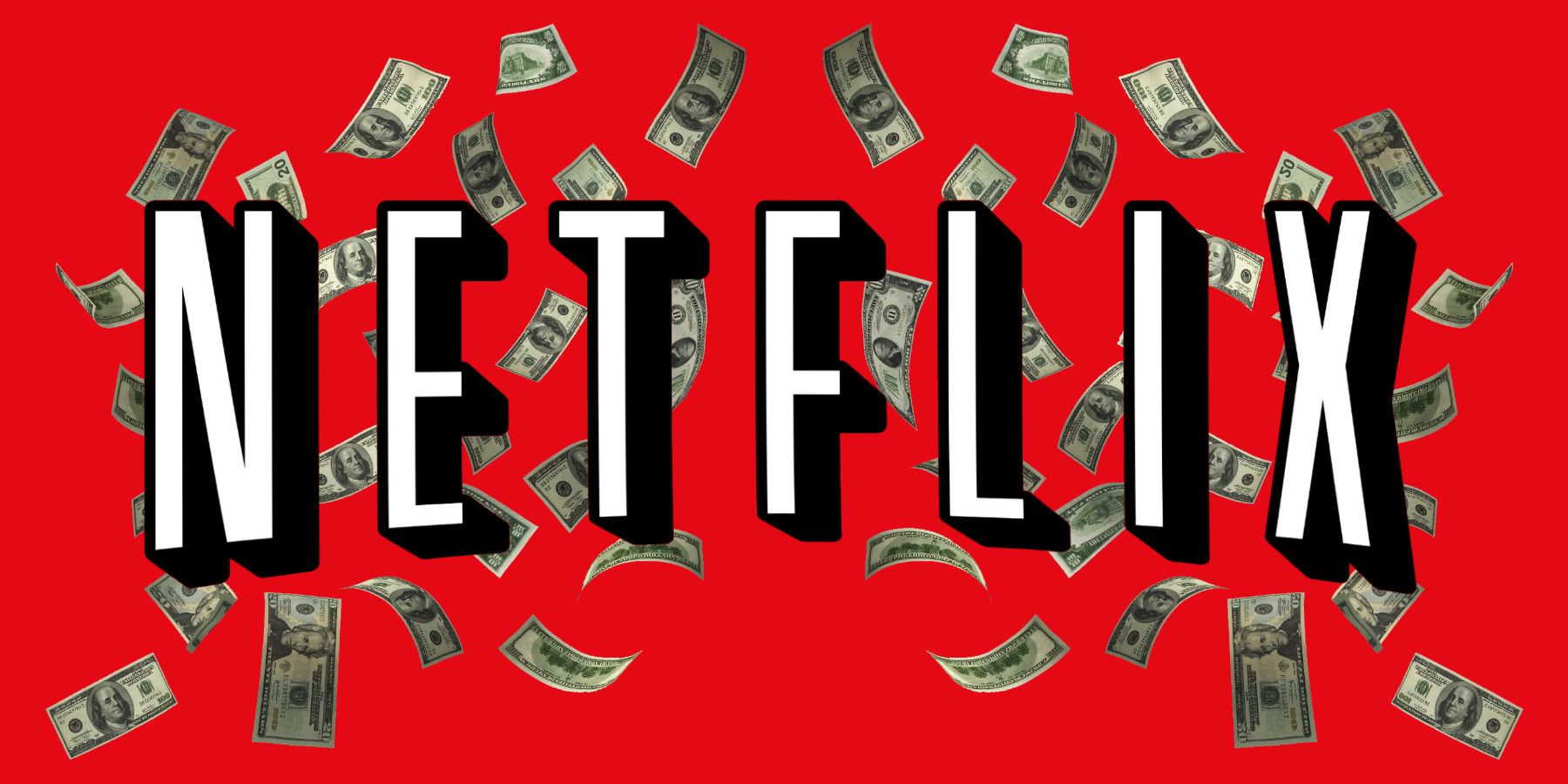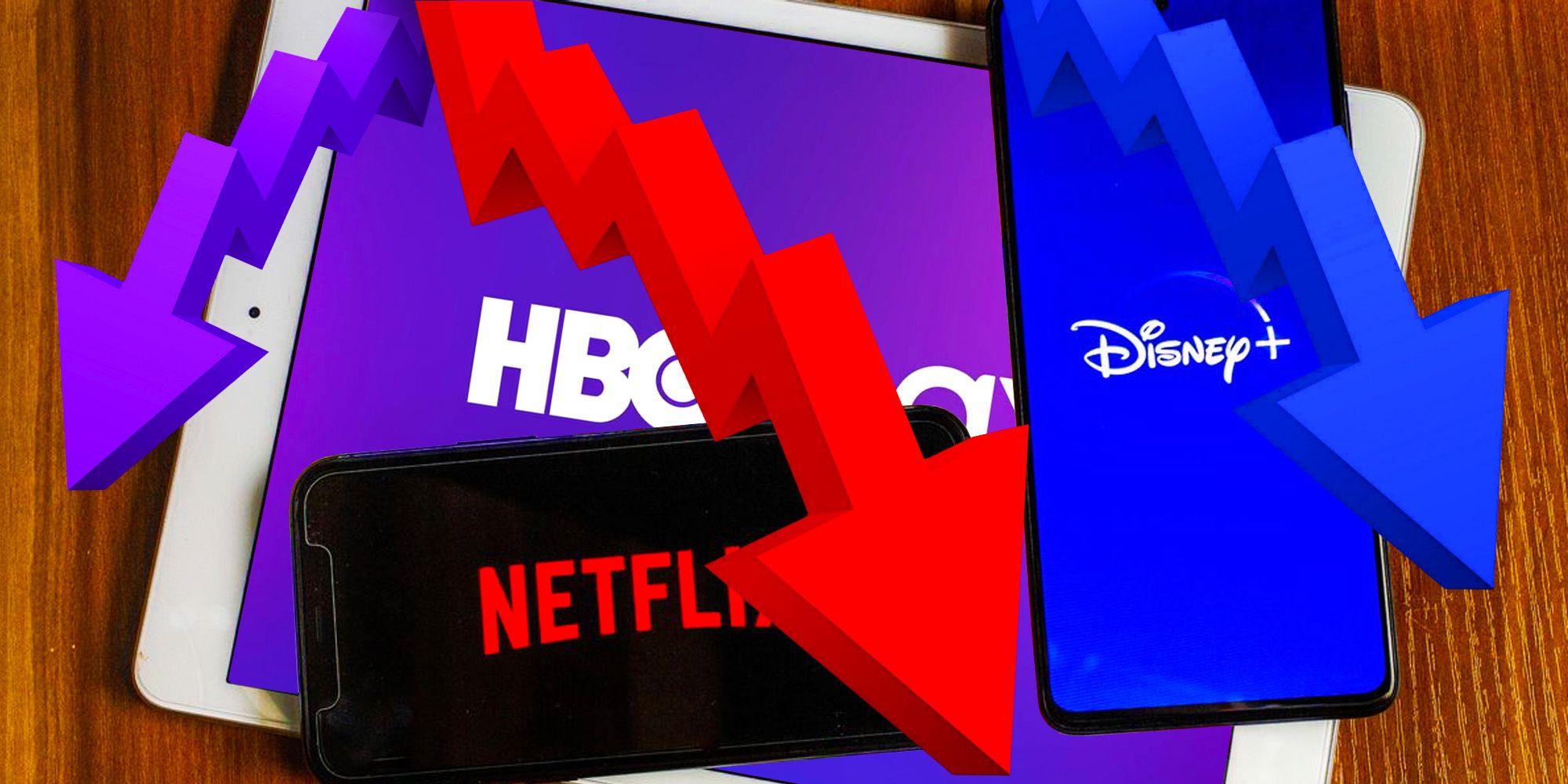Netflix is the world's biggest movie streaming service, so recent news the provider is losing a lot of subscribers is making big news, but Netflix has been preparing for this inevitability for a long time. Netflix posted a 200,000 subscriber loss for Q1 2022 and expects that number to shrink by as many as two million more in Q2.
After dominating the market since its inception, Netflix's recent subscriber drop is the biggest sign of weakness the streamer has shown in the last decade. With more and more big players entering the game, the stakes in the streaming war are as high as ever. Netflix had a huge head start, facing off against other small players until big studios like Disney and Warner Bros. began to enter the mix, a competition for which Netflix has spent years preparing.
While a big chunk Netflix's subscriber losses are self-inflicted, due to Netflix shutting off subscribers in Russia, their future projected losses suggest Russian shutoffs were just one of many factors leading subscribers to cancel their service. While the situation may not be as doom and gloom as some may suggest, Netflix still needs to make a number of big changes to right the ship, some of which have already started to happen.
Netflix's Big Subscriber Drop Was Always Inevitable
Netflix massive growth since its inception is a huge success story, virtually inventing the market they now compete in, but without a media catalog of its own, being first to market would only benefit them until the real competition came along. Netflix's growth would last as long as it was the only service of its size providing a reasonable selection of licensed content for a fair price, but when major studios started corralling their massive libraries onto platforms like Disney Plus and HBO Max, Netflix needed to offer something competitive of its own to stay at the top.
As the entrenched players, established movie and TV studios have a lock on their revenue from theaters and television, so it makes sense that they'd be slow to react with decades of established business through traditional distribution models; However, with Netflix posting more yearly streaming revenue than Disney has ever brought in at the box office in a given year (especially with Netflix keeping a much larger margin of that revenue), the juggernaut studios were destined to invade Netflix's streaming space sooner than later.
The global audience for movie and TV content is huge, but unless more hours can be added to the day, there's a limit on how much any given subscriber is capable of consuming, so as more players enter the arena, many Netflix subscribers will need to select it from one of many competitive options. With nearly three billion people in the world who don't even have access to the internet, the biggest growth opportunity of the future will be in establishing new markets, not competing in the already established one, although that's also a slow process, meaning the streaming wars may finally be shifting from a sprint to a marathon.
Why Netflix Had to Take On Massive Debt
Of course, Netflix knew they'd have to face the established library and IP catalog of Disney eventually, which is why Netflix took on so much debt to fuel its content production budget. Netflix didn't just need to produce original content, but it needed to produce enough to compete with libraries other studios spent decades building with billions of dollars invested in thousands of titles, only the fledgling streamer had just a fraction of that time to make it happen, racking up over $15 billion in debt in just half a decade.
Related: Netflix Subscriber Disaster Explains Stranger Things Season 4 Split
Without a massive library of original content, including new or acquired popular IP of its own, Netflix wouldn't stand a chance as more than a second-tier service in the long run. Some of its attempts to build original IP, like Stranger Things took off, while others had to be acquired, like The Witcher. Netflix's massive debt-fueled inferno of content production included both big hits and huge misses, even developing a reputation for canceling many of its fan-favorite shows, likely to make room for more attempts to pop even bigger, but initially it mattered for more that the content simply existed and was original, with the need for quality rising as more services come into direct competition.
Netflix's movies and shows all draw a lot of buzz in awards season, along with a number of big blockbuster movies and shows setting platform viewership records, so in many ways the effort to generate an original film and TV library virtually from scratch was a big success, but original Netflix IP still doesn't hold a candle to stuff like the Marvel, Star Wars, Harry Potter, or DC Comics content owned by Disney Plus and HBO Max, but the streamer is at least still in the race, still maintaining a considerable head-start with over 220 million subscribers, while the next runner-up, Disney Plus still has just 130 million subscribers.
How Netflix Can Change to Continue Competing in the Future
Netflix will likely need to maintain a massive budget for original content to continue playing catch-up with its new competition, although it may be able to accomplish this with a smaller budget and less debt. As a result, the content may be more targeted, with the streamer focusing more on quality and maybe canceling fewer successful shows in favor of more gambles, but the content budget will likely also focus on newly accessible international markets to continue their first-to-market success with audiences who don't already have content allegiances.
Maximizing the profit margin from existing subscribers is also a major focus, which is already visible with price hikes and attempts to better monetize freeloaders sharing someone else's account. Another new venture in this area will be the streamer's new ad-supported tier, hoping to make subscription costs more attractive for customers who don't mind ads, while also adding a new revenue stream for paid advertisers.
The binge model may have been popularized by Netflix, and it likely won't go away entirely, but as the streaming wars enter a new stage of competition, Netflix will want to get maximum utility out of every minute of content it produces, which may mean considering alternate release schedules for its original releases. This may mean weekly releases for some of its shows, or switching to more frequent drops of smaller seasons as Netflix already does with a lot of its original animated content.
Flexible release plans for series might make a difference with episodic content, and the same may be true for Netflix movies. Netflix isn't a stranger to theatrical releases having put many of its big movies in theaters for a limited release before they hit the internet, but HBO Max has proven movies can be popular with a streaming audience while also generating tens of millions of dollars in a single wide-release weekend, which could be a huge added injection of cash to offset the content production budget without drastically impacting the subscriber base.
It's far too early to dub this the beginning of the end for Netflix, but it's certainly fair to call it the end of the beginning as Netflix is finally running out of its first-to-market exclusive runway and the streaming giant's success moving forward will depend on its ability to compete directly with well-entrenched Hollywood machines as the streaming wars move on to a new phase. Fortunately, that should mean no other competitors will see the kind of rapid growth of Disney Plus or HBO Max and Disney Plus and HBO Max will likely also both see slower growth, but their established libraries, IP catalog, and built-in audience will still give Netflix a run for its money as the streaming wars continue.




